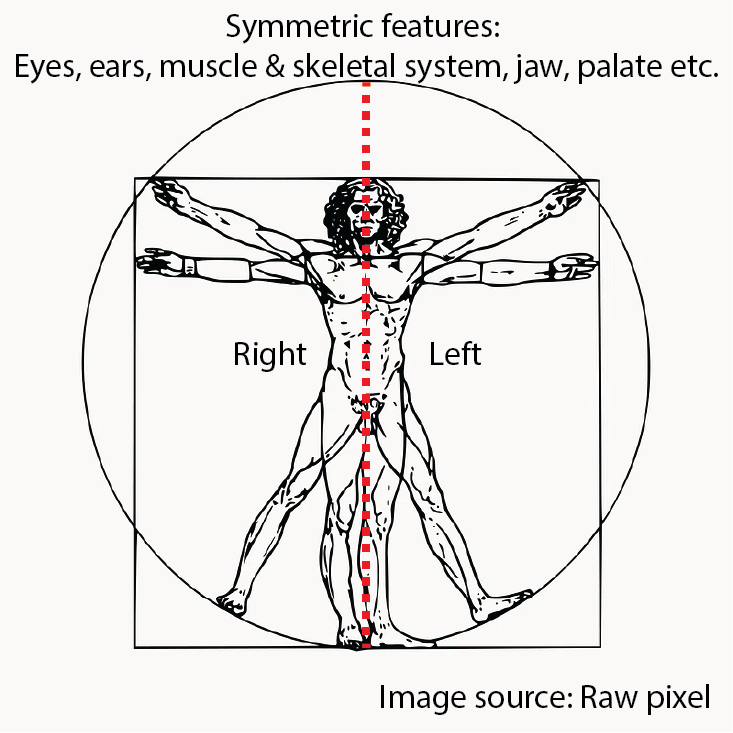Most animals in this world have an external bilaterally symmetric body plan. In simple terms, this translates to having a body plan with similar shapes, sizes and positions of tissues (e.g. eyes, ears, entire muscle and skeletal system etc.) on the left and right sides of the body. How do tissues form with such exquisite symmetry bilaterally? Our lab is interested in understanding the mechanism by which similar shapes and sizes of tissues emerge on the two sides of the body despite the presence of unavoidable biological noise during embryo development. We use zebrafish embryos as a model system and undertake an interdisciplinary approach involving high resolution imaging, advanced image analysis and collaboration with theoretical physicists to unravel this long-standing problem in developmental biology.
Read more...